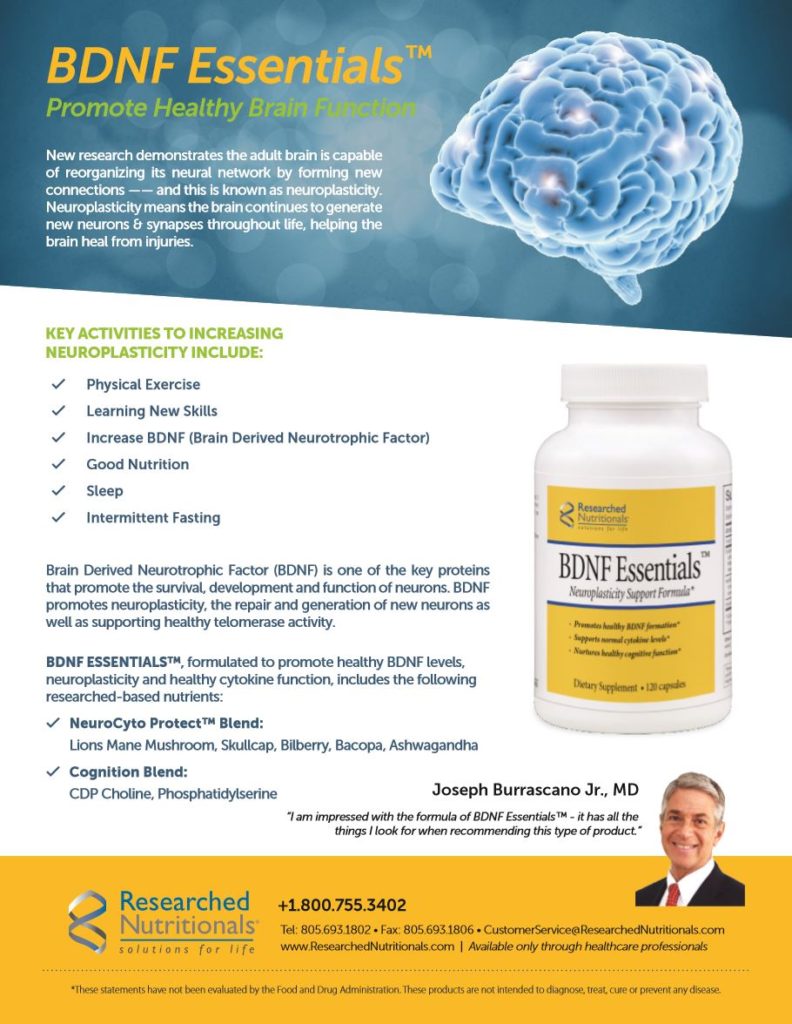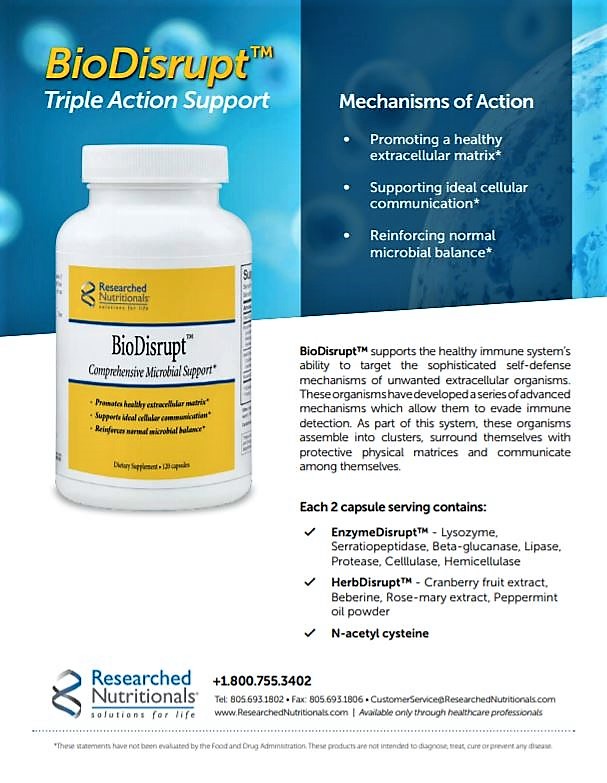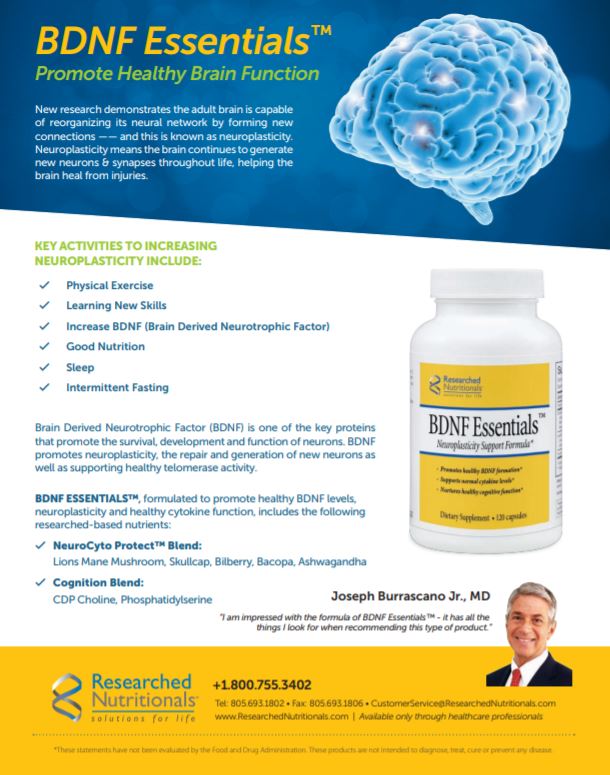
Dr. Gervasio Lamas on the Trial to Assess Chelation Therapy (TACT)
There was a time not too long ago when the practice of chelation was considered to be quackery. It was a line in the sand – physicians either practiced acceptable or unacceptable medicine – and because chelation did not dramatically and immediately reverse atherosclerotic disease, it was considered unacceptable. Those physicians who did practice chelation faced censure, hassle with the insurance companies, big-time harassment with Medicare, and investigation by county medical societies and state medical boards. Quackbusters like Victor Herbert, MD, denigrated and vilified chelationists; talking about one’s chelation practice at a social gathering or medical meeting was met with stares of disbelief and repugnance. Yet it was in this alienated milieu of “us” versus “them” that chelating physicians persisted in treating patients. Of course, not a few chelating physicians embraced other approaches that were even more controversial – the most contentious and criticized were unconventional cancer diets and protocols. The Townsend Letter was founded in 1983 to provide a forum for practitioners to discuss treatments when journals and news media were unwilling to provide such a platform.
Dr. Gervasio Lamas, MD, chairman of medicine at Miami’s Mount Sinai Medical Center as well as professor of medicine at Columbia University School of Medicine, was the first investigator willing to do a large scale, double-blinded study of EDTA chelation for atherosclerotic coronary artery disease. Lamas is a graduate of Harvard Medical School and spent 15 years at the Brigham and Women’s Hospital in Boston as a cardiology attending, professor, and researcher. He was willing to put chelation to the test using the resources requisite for an NIH-funded study, inviting the best in the chelation community to contribute to designing the trial. After 10 years TACT was completed and the positive outcome was celebrated by Lamas and the chelation community. Despite naysayers’ efforts to downplay the study and its outcome, the American Heart Association categorized chelation with an evidence-based grade of B. This was a total about-face from the nasty anti-chelation opinion that was promulgated through the 1970s-2000s. Lamas writes in this issue that he has now received an NIH grant of $30 million for TACT2. And in the future, he is considering a TACT3 for which he would like our participation.
Cover Article: Ketamine for Depression
Integrative and naturopathic physicians strive to prescribe less drugs, using food as medicine. As Dr. Jacob Schor extols in this issue, we should ask our patients to turn off the TV, get off the couch, and amble through the woods. The old-time naturopaths treated patients with hydrotherapy – good old cold water, as a shower or a bath – and had many a remarkable cure. Even conventional medicine now recognizes the value of tuning “out” the noise through meditation and engaging movement in the healing process through yoga or t’ai chi or dance. But for some patients who suffer with mental illness, the natural prescription may not be enough. Too often the very depressed are extremely fatigued, spending their days couch-bound, dispiritedly brooding over what could help and who they should see. Despite the acclaimed help that SSRIs have offered during the past three decades, many depressed individuals remain listless, unmotivated, caught up in poor sleep and dark emotional pits. Newer pharmaceuticals have been touted to overcome Prozac and Zoloft’s shortcomings, but frequently their adverse effects are severe with minimal benefit. Moreover, depression leads to suicidal thinking and suicide itself – the suicide rate in the young and middle-aged has been dramatically increasing. What else is there?
Could depression be addressed with a repurposed drug? A drug is patented and receives FDA approval for a specific medical condition; a repurposed drug is one that is utilized for an unrelated condition. One of the earliest repurposed drugs was thalidomide, originally developed and approved as a sedative; it led to a horror show when it was prescribed to pregnant women who gave birth to infants having deformed upper limbs. However, in the 1960s thalidomide was discovered to be quite effective in the treatment of leprosy, a disease that had limited treatment options. Since that time repurposing has been an ambitious affair with a wide variety of drugs being used in the treatment of parasitic disorders, cancer, and autoimmune disorders. Repositioning medicines is slightly different; it seeks to “reposition” an agent which previously failed to successfully treat a disorder. Ketamine is an anesthetic drug and is widely used in many surgical operations. Notably, ketamine has a well-established profile of altering a person’s mental state. Could repurposing ketamine be the next answer for depression?
Our cover story, written by family physician Erica Zelfand, ND, makes just that argument. She cites the story of a male soccer player who tore his ACL and required arthroscopic surgery necessitating anesthesia using ketamine. After he awoke from his surgery, he was amazed to discover that his life-long depression had entirely lifted. He enjoyed ten days of blissful normalcy and then sank back into the darkness of depression. Ketamine appears to impact depression when other therapies have failed, claiming a success rate of 60-70%.
What is the mechanism of how ketamine works? It does not work with serotonin, norepinephrine, or dopamine. Instead, Zelfand reports ketamine directly antagonizes the N-methyl-D-aspartate receptor (NMDAR) leading to an increased level of glutamate. Ketamine has been established to reduce pain and opioid tolerance. Its activity on the NMDAR receptor is thought to be responsible for its “dissociative, anesthetic, amnesic, and hallucinatory properties.”
One woman who consulted with Dr. Google learned about ketamine’s supposed anti-depressant and anti-anxiety activity. Seeking medical help, she was discouraged that her community physicians were not experienced with using ketamine for depression. She acquired a supply of ketamine and snorted it at home while being observed by a friend. She explained to Dr. Zelfand that she “fell into a ‘K-hole.’” K-hole is “slang for the detached feelings and loss of motor control that accompany a moderate to high dose of ketamine.” She had “mystical visions while under the influence of the drug.” Two weeks later she described to Zelfand how she was able to put her life together in a way that was totally beyond her capability weeks and months earlier. She was able to discontinue without difficulty the Ativan she had been using daily for anxiety. Furthermore, the patient was looking forward to making dramatic life changes that would have been unthinkable before the ketamine. Note: Zelfand definitely is not in favor of self-administration of ketamine. If this appears to have similarity to the hallucinatory aspects of LSD, mescaline, and other drugs, yes, there is that resemblance. However, while an LSD trip is often prolonged, 24 hours for example, ketamine “visions” are more typically present for one-to-two hours. Of course, ketamine administration requires careful in-office observation and monitoring. But not all protocols lead to mystical visions; the most common approach involves a lower dose administered intravenously over 40-60 minutes, typically without manifesting any mystical visioning.
Is this the road we should begin to travel in the treatment of depression and anxiety? Zelfand would say, yes, but she also incorporates nutrition, naturopathic support, orthomolecular medicine, and natural healing supports. Ketamine is best not used alone. Ketamine treatment may work better if it is administered at the same time the patient is being given psychotherapy counselling. Given the likelihood that some patients will experience mystical visions, physicians intending to administer ketamine need to be well versed in its application and safety measures. Despite claims that ketamine use is a fad, it deserves consideration in all patients who have had protracted, unsuccessfully managed mental illness.
Point and Counterpoint: Urinary Mycotoxin Infection vs Chronic Inflammatory Response Syndrome (CIRS) in Patients Exposed to Water-Damaged Buildings (WDB)
Starting in July 2019, we published a five-part article by Ritchie Shoemaker, MD, et al. on the illness patients face who have been exposed to water-damaged buildings. Shoemaker makes the case that patients exposed to a water-damaged building experience extensive inflammation caused not only by fungus but by a variety of other organisms and chemicals. Inflammation brought about through immune system activation and signaling is directed by epigenetic changes of the RNA. Such inflammatory activity is measurable through appropriate biomarker testing; concurrently RNA modification can be monitored using proteomics and transcriptomics evaluation. Treatment from Shoemaker’s vantage point should not be predicated on anti-fungal therapies. Instead, treatment requires well-established protocols seeking to mitigate the epigenetic, RNA-driven sources of inflammation and restoration of normal functioning in affected systems using therapies with documented efficacy. The five-part series (July, August/September, October, November, and December, 2019) is now available on our newly launched website, www.townsendletter.com.
Matthew Pratt-Hyatt, PhD, and William Shaw, PhD, clinical directors of the Great Plains Laboratory, critique Shoemaker et al.’s article in this issue. They disagree with the assertion by Shoemaker that fungus plays no role in patients made ill by water-damaged buildings. While Shoemaker et al. assert that mycotoxins are not the cause of the symptoms in these patients, Pratt-Hyatt and Shaw argue that the data supporting mycotoxin causation for the illness is well supported diagnostically and therapeutically. Whereas Shoemaker et al. call for testing biomarkers, proteomics, and transcriptomics (genomic testing), Pratt-Hyatt and Shaw call for examining organic acid metabolites and mycotoxins.
Concurrently, we are publishing Shoemaker and David Lark’s paper online entitled: “Urinary Mycotoxins: A Review of Contaminated Buildings and Food in Search of a Biomarker Separating Sick Patients from Controls.” In the first half they examine the dietary source of mycotoxins; in the second part, they review urinary mycotoxin analyses in patients versus controls. The Shoemaker and Lark article was previously published in Internal Medicine Review. To access their article please look on the Townsend Letter website www.townsendletter.com and look for it in the January 2020 table of contents.
Please read the Pratt-Hyatt and Shaw critique in this issue and then access the website for the urinary mycotoxin article by Shoemaker and Lark. We would appreciate your feedback on the controversy!
Hyperaldosteronism: A Missing Link for Difficult to Treat Hypertension by Andrea Gruszecki, ND
When I was in medical school, primary hyperaldosteronism was considered a rare disorder. The algorithm I used back then gave limited importance to rare conditions. (Dermatology and ophthalmology are replete with dozens of rare conditions, mostly named after their late 18th and 19th century physician discoverers.) I pretty much gave short shrift to hyperaldosteronism when I would do medical rounds although that would have been a big mistake on course examinations. One of the things about rare pathologies is that they often have dramatic presentations making for very exciting slide presentations at grand rounds. Still when it came to working up a patient with hypertension, primary hyperaldosteronism was not on the top of my list and rarely on the bottom either.
Andrea Gruszecki, ND, who has focused on laboratory assessment and diagnostics, would argue that ignoring mineralcorticoid screening of a hypertensive patient would be a mistake. For one thing, the incidence of primary hyperaldosteronism that once was thought to be less than 1% of the population is now estimated to affect 5-20% of individuals. That really changes the algorithm – considering that the majority of hypertensive patients never get any diagnosis beyond “essential” hypertension. While the workup of hyperaldosteronism focuses on the assessment of serum aldosterone and renin, Gruszecki examines the role of urinary measurement of mineralcorticoids in this issue. We don’t think twice about assessment of urinary cortisol – why not equally employ screening of urinary mineralcorticoids? Gruszecki offers natural approaches we may advise for those hypertensive patients with elevated aldosterone.








